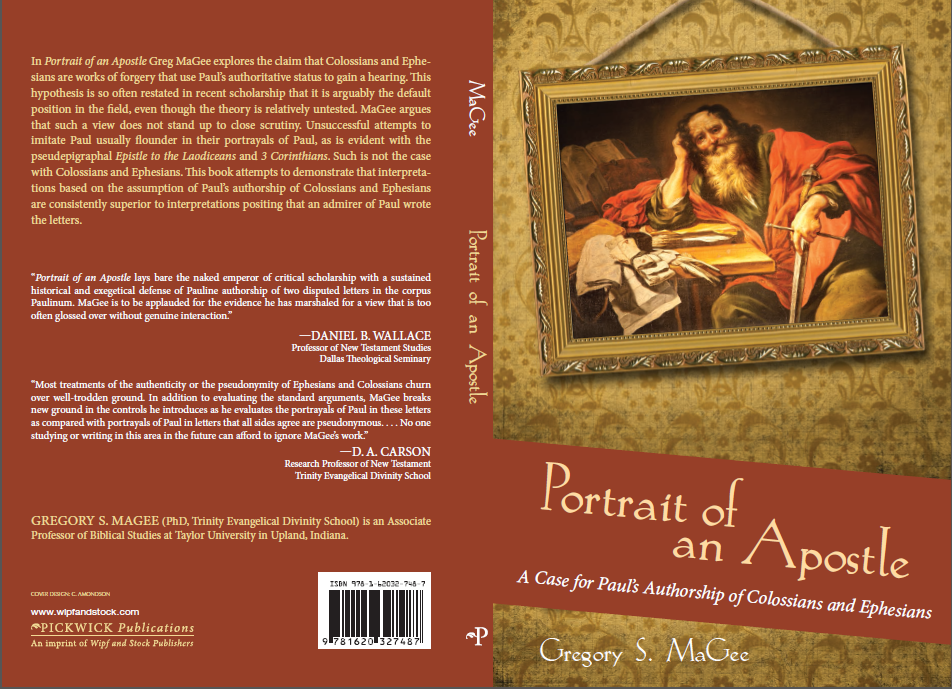Christian congregations (particularly in Europe and North America) exist within cultures that are rapidly changing in their moral norms. In the years and decades to come, Christians will need to combine a wise and compassionate pastoral approach with biblically informed doctrine when we encounter people inside and outside the church who experience same-sex attraction.
Thankfully, God has given sufficient revelation to guide us in our theological convictions. The topic of same-gender sexual activity is addressed indirectly and directly in Scripture, as we have seen in this blog series.
Very early in the biblical story, marriage is defined explicitly as being between a man and a woman. This definition is maintained (though not always practiced) throughout the rest of the Bible. Genesis 2 establishes God’s clear intention for marriage – between one man and one woman. Jesus affirms this definition in Matthew 19 and Mark 10. Paul reiterates this definition in Ephesians 5. Marriage between man and woman is invested with deeper meaning in these passages, as signposts to God’s eternal plans in creation and redemption.
Same-sex practices are portrayed in a negative light and/or spoken against in both the Old and New Testaments. Often, “righteous” and “unrighteous” behavior is divided clearly in these passages, with same-sex practices being listed under “unrighteous” behavior.
Same-sex practices surface in the “wicked” cities of Sodom and Gomorrah.
The Law God gave to Moses (the Law that reflected God’s holy character and specified how the Israelites were to be his holy people) prohibited same-sex practices, along with other sexual activity that fell outside the bounds of a faithful marriage between a man and woman. While the new covenant in Jesus nullifies ceremonial aspects of the Law as well as specific penalties, there is no indication that God’s demands for moral purity in heart and actions have been discarded.
Jesus did not speak specifically about same-sex practices (probably since his Jewish audience already rejected such behavior because of Leviticus 18 and 20), but he did affirm male-female marriage as God’s design (Matthew 19 and Mark 10). Jesus is also clear that immoral behavior (as opposed to customary rituals) makes a person truly defiled before God (Mark 7:14-18, Matthew 15).
Paul associates same-sex practices (between men and between women) with immorality that characterizes people groups that have denied the knowledge of God in Romans 1.
Paul insists that same-sex practices are among the behaviors that are incompatible with Christian belief and participation in the kingdom of God in 1 Corinthians 6, and he groups same-sex practice with other forms of lawless and ungodly behavior in 1 Timothy 1. But as is the case for all of us, these passages remind us that because of the good news of Jesus Christ sin need not have the final word in our lives. Jesus Christ came to save sinners and re-shape our lives into his image, by the Spirit.
Thus concludes this series. Here are the links to the rest of the posts in the series:
Section 2 – Marriage in Genesis, the Gospels, and Ephesians
Section 3 – Sodom and Gomorrah throughout the Bible
Section 4 – Leviticus 18 and 20
Section 6 – 1 Corinthians 6 and 1 Timothy 1



